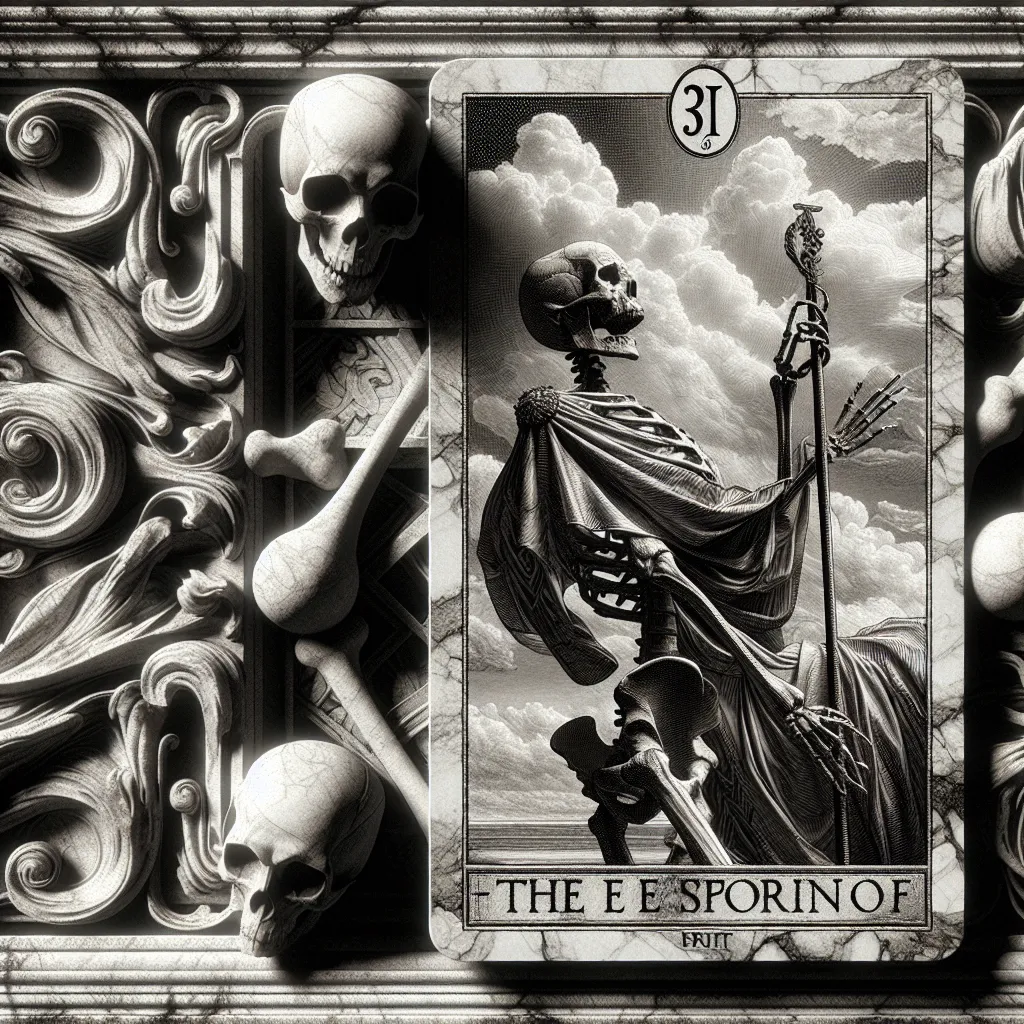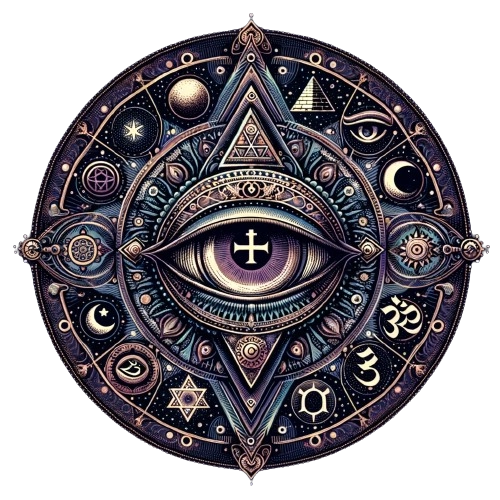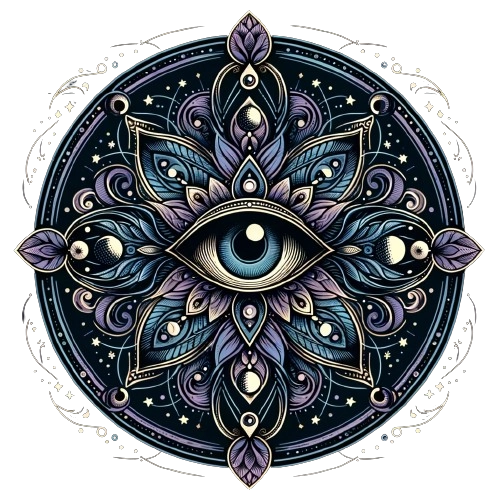
- Published on
- Authors

- Name
- You
The Death Card: Transformation and New Beginnings
The Death card, often viewed with apprehension, is one of the most transformative cards in the Tarot deck. It signifies the end of one phase of life and the beginning of another. This misunderstood card does not typically predict physical death; rather, it encourages us to embrace change, accept endings, and welcome new beginnings.
Historical Context of the Death Card
The Death card, traditionally the 13th card in the Major Arcana, has roots that dive deep into historical and mystical lore. Originating in the mid-15th century Tarot decks used in Europe, the card has evolved over centuries. Its depiction often includes a skeleton, sometimes wielding a scythe, riding on a pale horse, or surrounded by symbolic representations of change and rebirth such as sunsets, rising suns, or blooming flowers.
Table of Variations
| Tarot Deck | Depiction | Symbolism |
|---|---|---|
| Rider-Waite-Smith | Skeleton on horseback, people of various classes | Equality in death, inevitability of change |
| Thoth Tarot | Dancing skeleton, scythe, fish/Serpent/Moons | Alchemical transformation, purity, cycles |
| Marseille Tarot | Skeleton with a scythe, decapitated bodies | Cleansing, end of old cycles |
Symbolic Meanings and Mystical Interpretations
The Death card is not just an image; it is a profound symbol of transition. Here are some of the key elements deciphered from a blend of advanced science and mystical wisdom:
- The Skeleton: Represents the finality of endings but also the enduring structure of what remains.
- The Scythe: A tool for harvest, symbolizing cutting away the old to make space for the new.
- Rising Sun: Indicates new opportunities and the dawn after the end of an era.
- Flowers: Blooming from decay, they represent the thriving life that follows endings.
Advanced Scientific Parallel
Just as in quantum physics, where the state of a particle can abruptly change, so too does the Death card speak of abrupt but essential transitions. These transitions, while seemingly destructive, are crucial for the continuation of life and growth.
Practical Applications in Modern Life
In a Tarot reading, the Death card encourages a proactive approach to change:
- Embrace Change: Acknowledge the end of outdated practices, relationships, or mindsets.
- Clear Space: Physically and mentally declutter.
- Welcome Transformation: Stay open to new possibilities and growth.
Tarot Spread Example
When interpreting the Death card, its position in a spread can offer detailed insights. Consider the following spread example focusing on transformation:
| Position | Card | Interpretation |
|---|---|---|
| Past | The Tower | Sudden change, upheaval |
| Present | Death | End of a chapter, transcending the past |
| Future | The Star | Hope, inspiration, and new beginnings |
By positioning Death in this way, we see how it fits into a larger narrative of destruction leading to hope and rebirth.
Conclusion
The Death card, far from a harbinger of doom, is a powerful reminder that endings are essential for new beginnings. In both historical context and mystical practice, it stands as a potent symbol of transformation. Embrace the wisdom it offers, and harness its energy to navigate the cycles of life with grace and foresight.
Whether in Tarot readings or in life’s journey, understanding the Death card helps us face the inevitable changes with optimism and strength.
Explore the depth of transformation with the Death card and let it guide you through the inevitable cycles of life's endless dance between endings and new beginnings.
